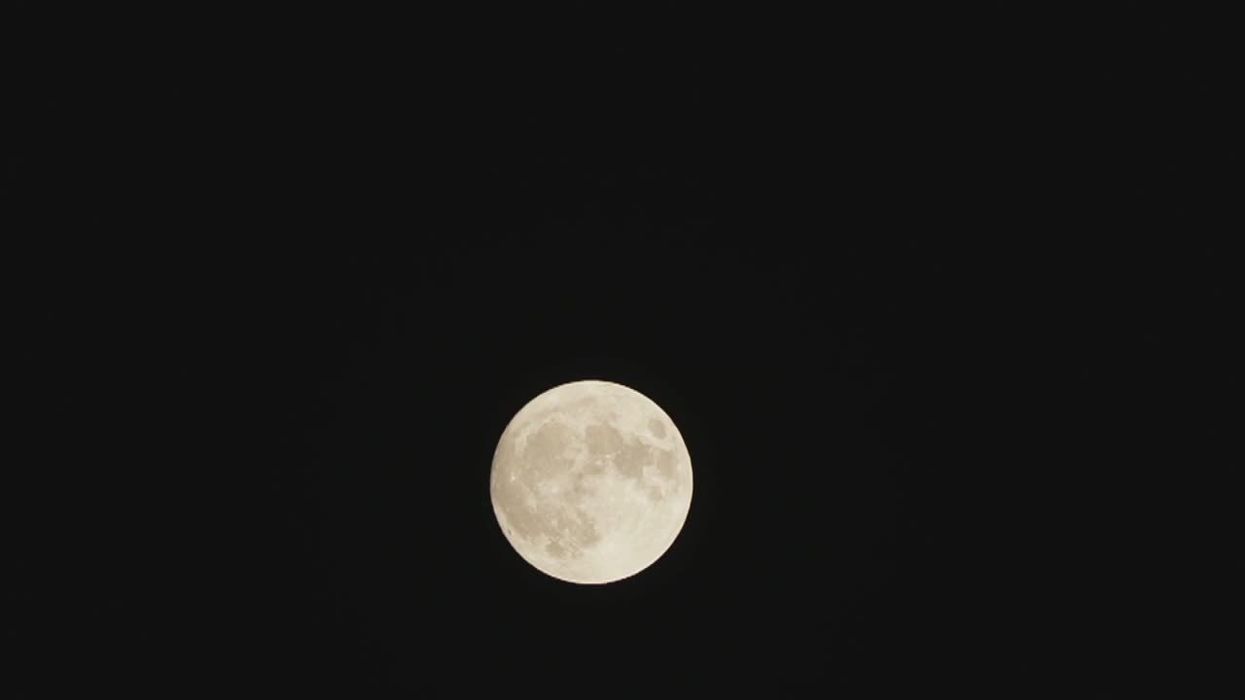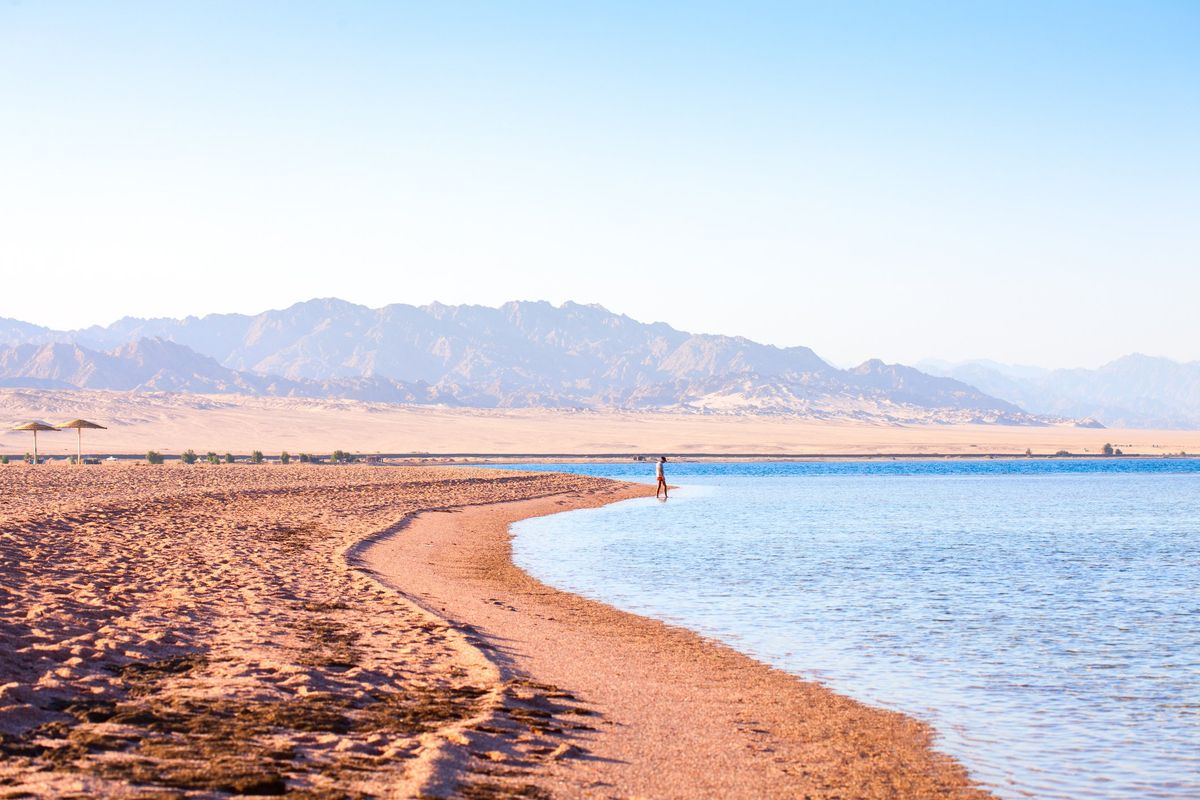Harriet Brewis
Sep 11, 2023
Last Super Blue Moon Until 2037 Lights Up Skies in Beijing, China
StringersHub / VideoElephant
The moon is a pretty peaceful place, having been geologically inactive for more than 2.5 billion years.
But whilst it’s no longer home to volcanic eruptions or major quakes, it still experiences small seismic events.
These tremors, known as moonquakes, are largely caused by major temperature variations on the surface of our closest celestial neighbour.
Because it doesn’t have an atmosphere to insulate it, the moon suffers drastic temperature shifts – from up to 121C (250F) during the peak of the day to -97C (-208F) at night. These swings cause the moon’s surface to expand when it’s hot and contract when it’s cold, leading to shakes and cracks near the surface.
Three seismometers, installed by astronauts on NASA’s Apollo 17 mission back in 1972, have enabled scientists to measure these thermal quakes, but they have also offered up some unexpected findings, a new study has revealed.
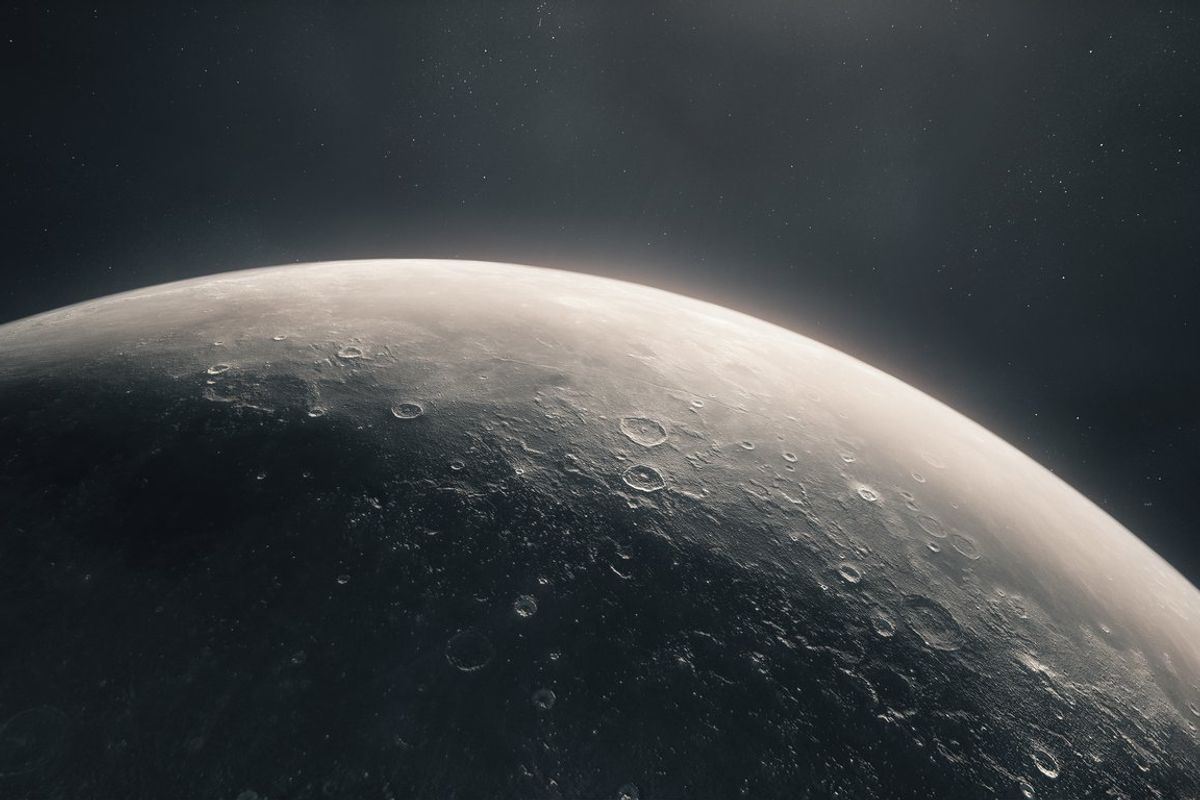
The research, carried out by a team at the California Institute of Technology (Caltech) used modern tech to reexamine the seismic data, which was gathered over a period of eight months – from October 1976 to May 1977.
The data remained mostly untouched until the Caltech team decided to take another look using a machine learning model.
This found that moonquakes occur with surprisingly precise regularity, coinciding with the rising and setting of the sun, thereby essentially making them natural lunar alarm clocks.
However, it also detected other signatures of seismic activity in the morning that were different from the evening moonquakes.
And these turned out to not be thermal moonquakes at all.
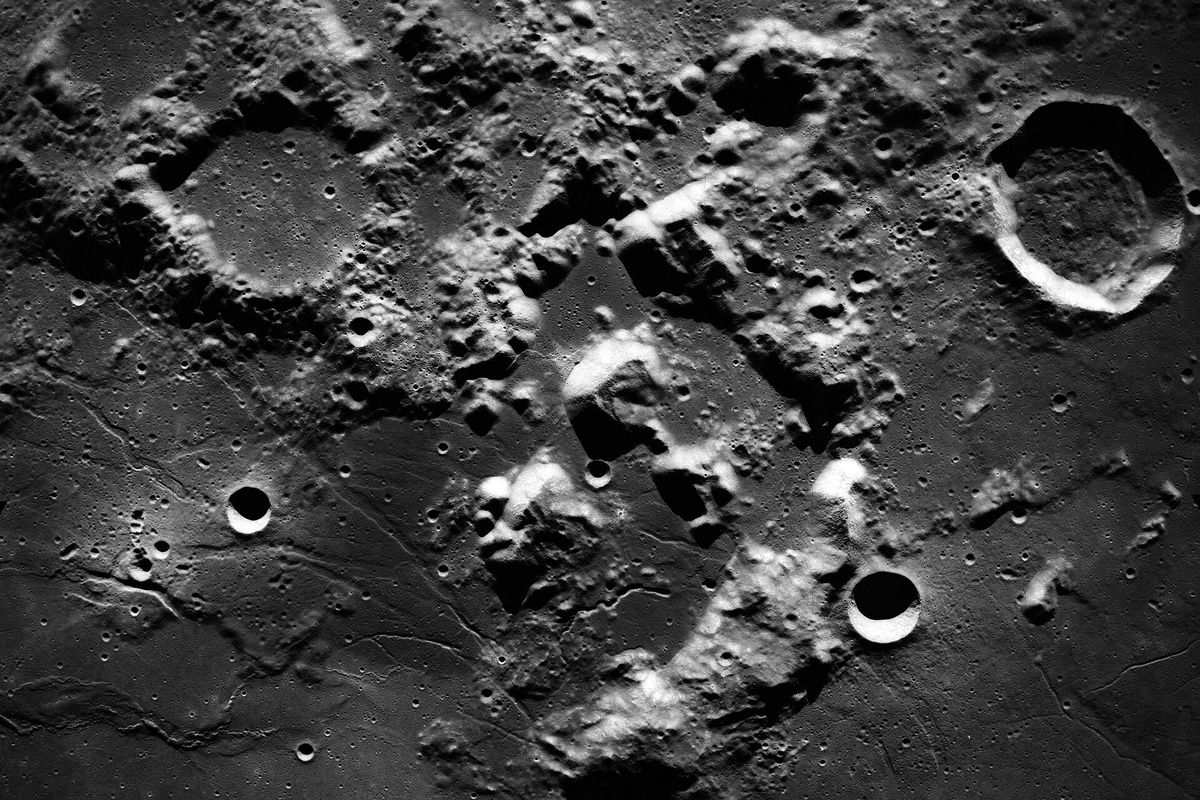
Instead, the researchers found that the source of the morning shakes was the Apollo 17 lunar lander base itself.
They worked out that as the lander heated up and expanded over the course of the day, it caused vibrations that were then picked up by the sensitive seismometers.
"Every lunar morning when the sun hits the lander, it starts popping off," Allen Husker, one of the study’s co-authors explained in a press release published on Thursday.
"Every five to six minutes another one, over a period of five to seven Earth hours. They were incredibly regular and repeating."
Husker and his colleagues were keen to stress the “critical importance” of understanding lunar activity, given NASA’s intention to return astronauts to the moon and, eventually, establish a lunar base.
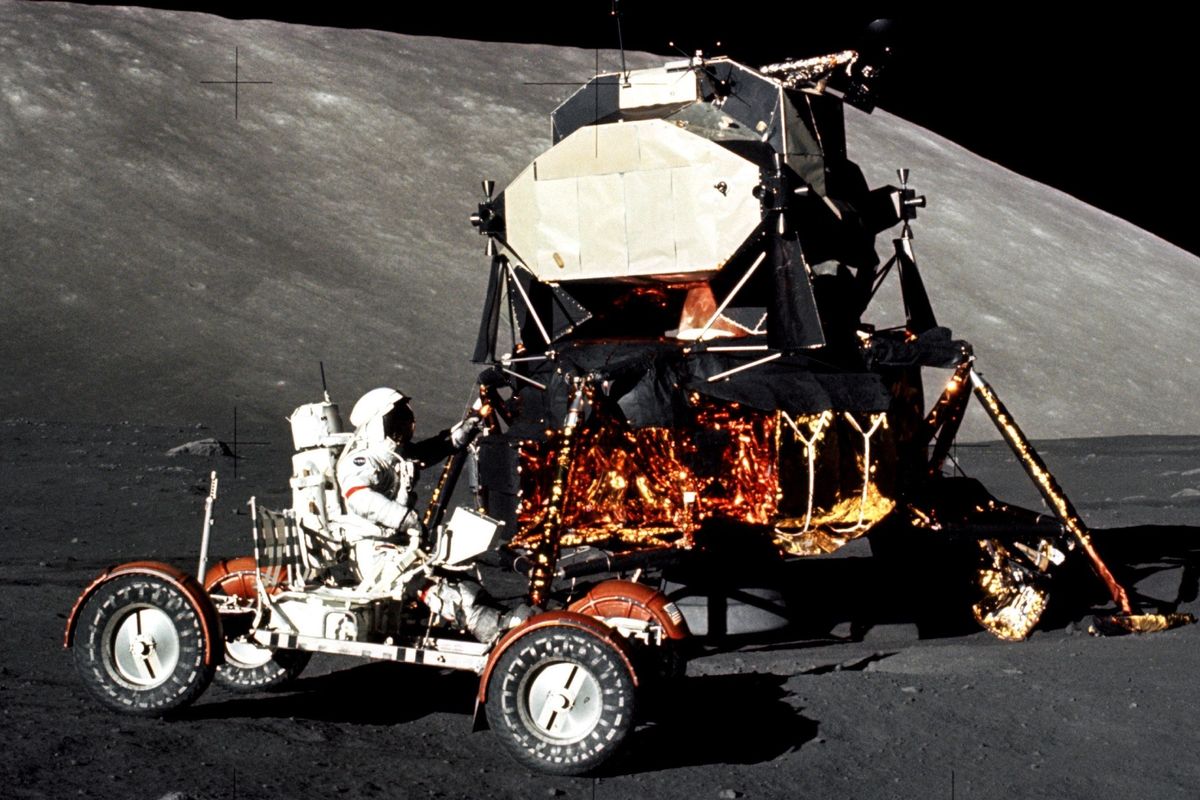
Though thermal moonquakes are too small to be felt by anyone standing on the moon's surface, the Caltech team’s findings offer important insights into how it contracts and expands.
These movements will have to be taken into consideration when designing future lunar landers and equipment.
Furthermore, the researchers’ press release adds, tremors both on the earth and the moon are key to understanding what’s going on deep underground.
Seismic waves travel at different speeds through different materials, so by studying these, scientists are able to understand the makeup of what lies far beneath the surface.
"We will hopefully be able to map out the subsurface cratering and to look for deposits," Husker explained in a paper on his team’s findings.
"There are also certain regions in craters at the Moon's South Pole that never see sunlight; they are permanently shadowed. If we could put up a few seismometers there, we could look for water ice that may be trapped in the subsurface; seismic waves travel slower through water."
He added: "It's important to know as much as we can from the existing data so we can design experiments and missions to answer the right questions.
“The Moon is the only planetary body other than the Earth to have had more than one seismometer on it at a time. It gives us the only opportunity to thoroughly study another body.”
Sign up for our free Indy100 weekly newsletter
Have your say in our news democracy. Click the upvote icon at the top of the page to help raise this article through the indy100 rankings.
Top 100
The Conversation (0)
